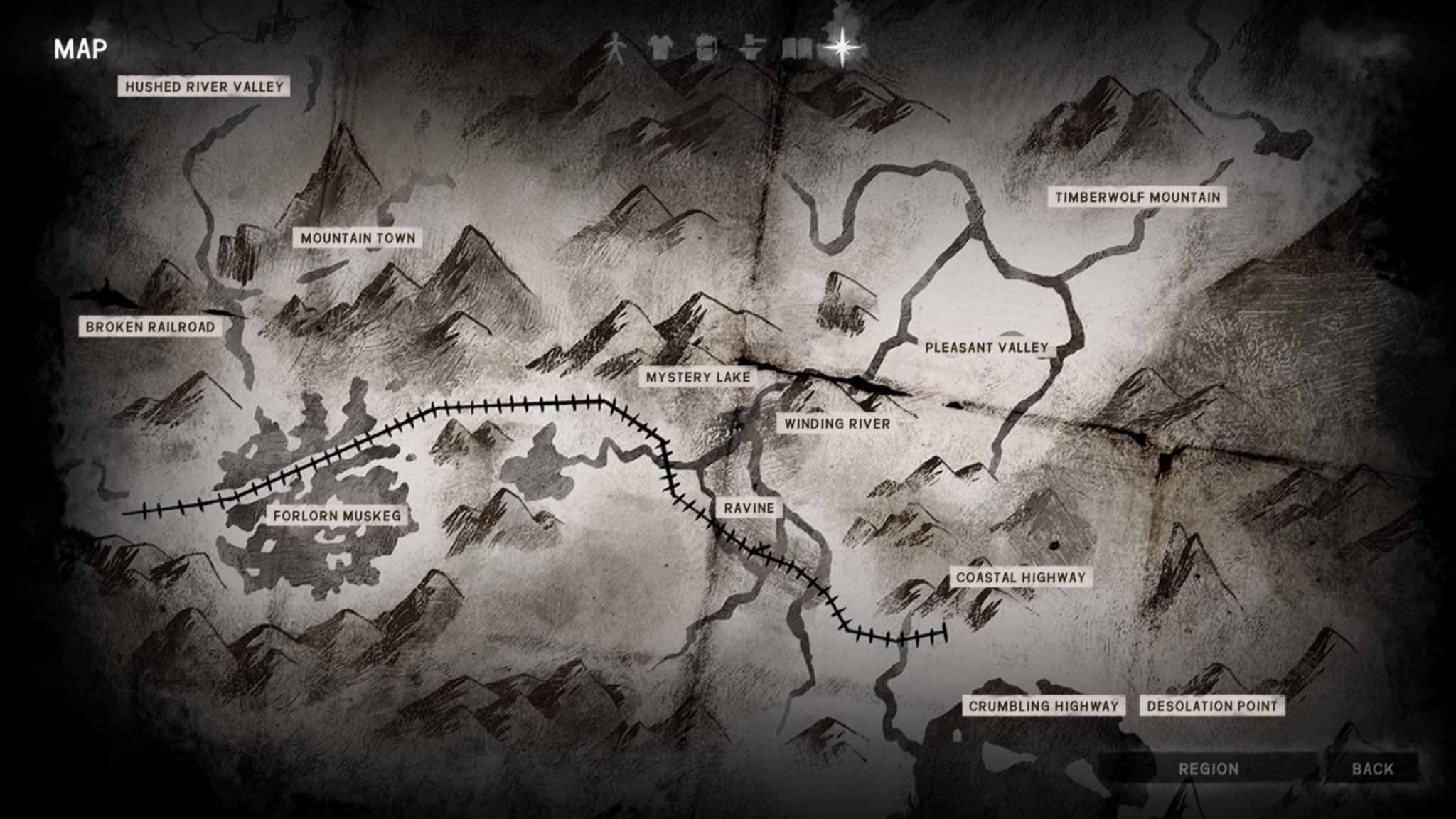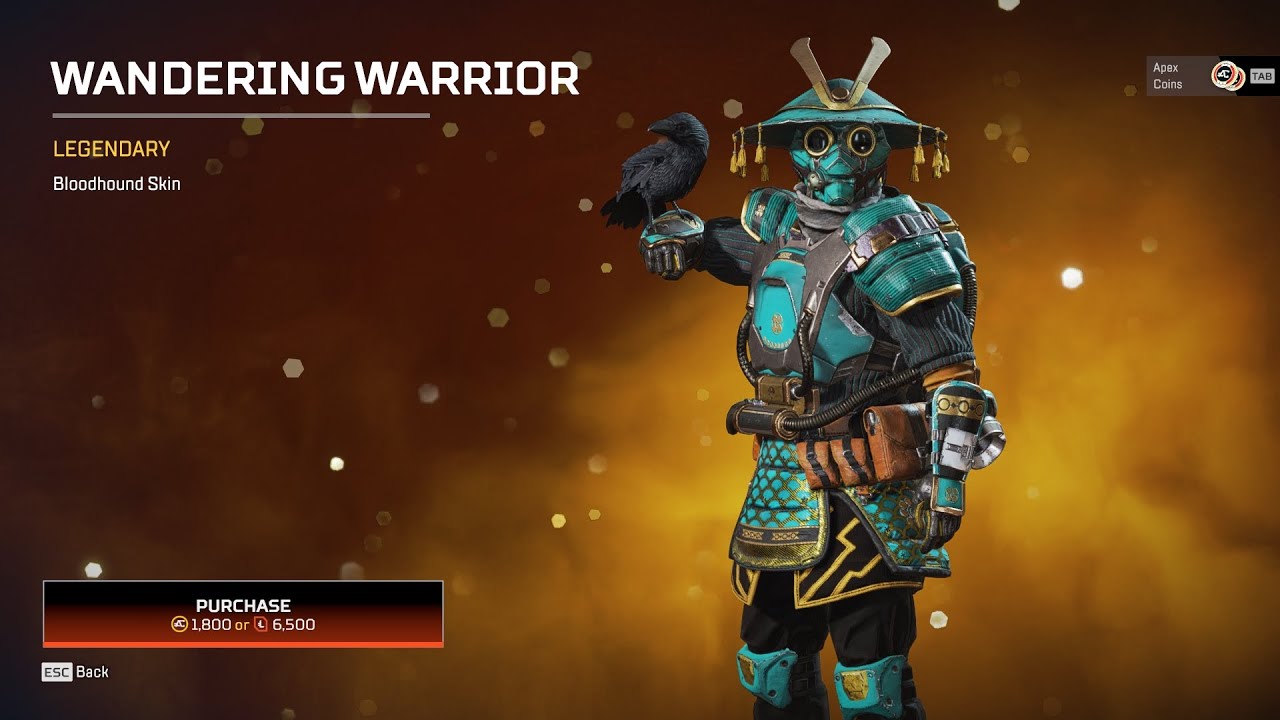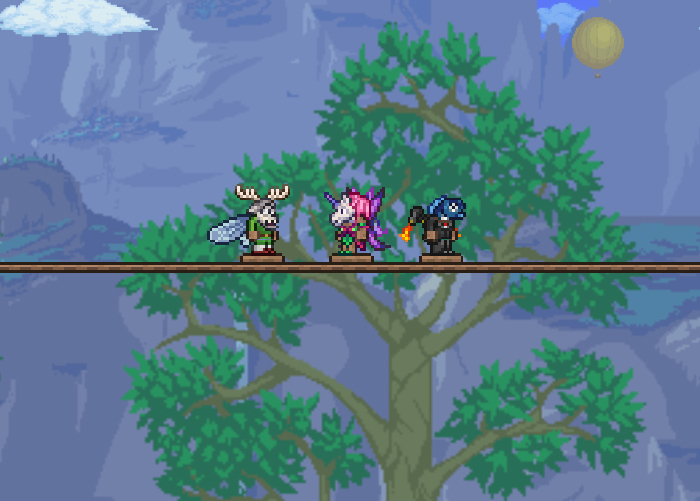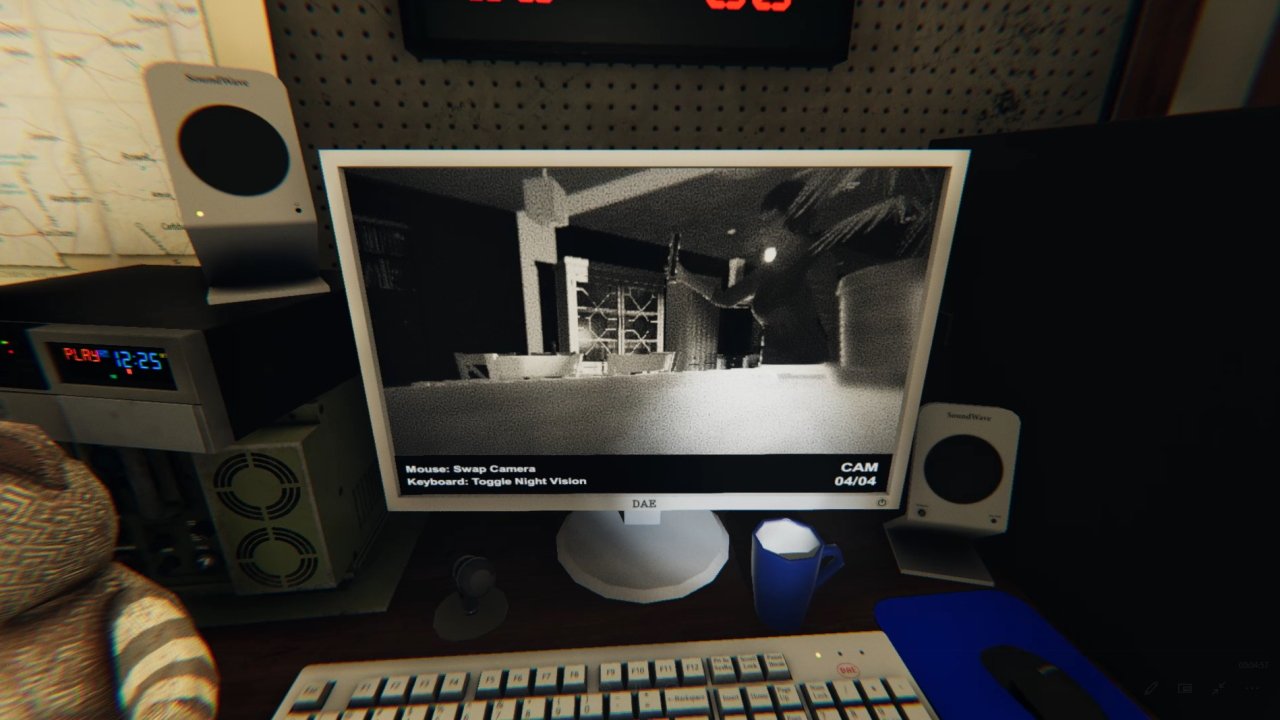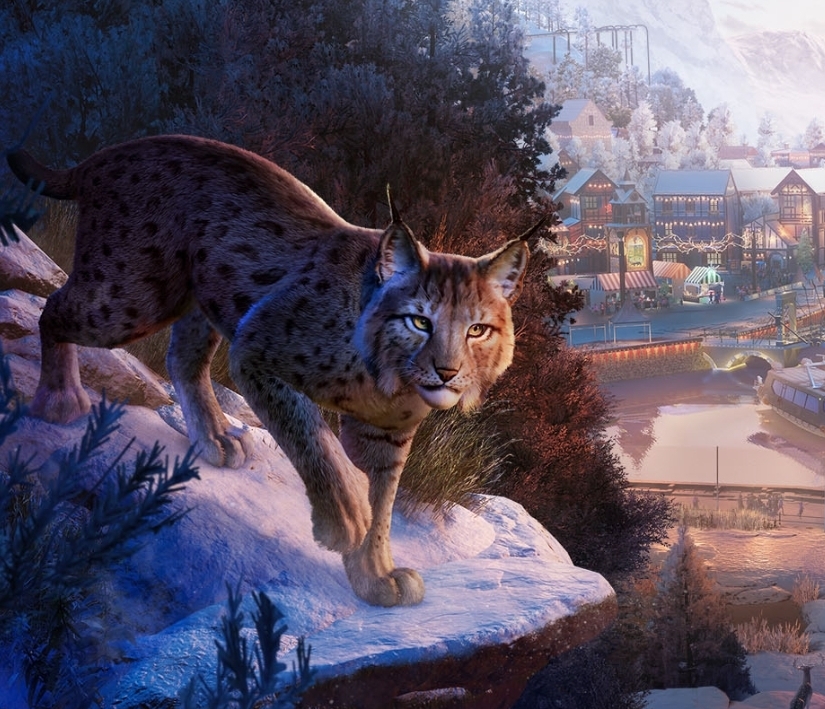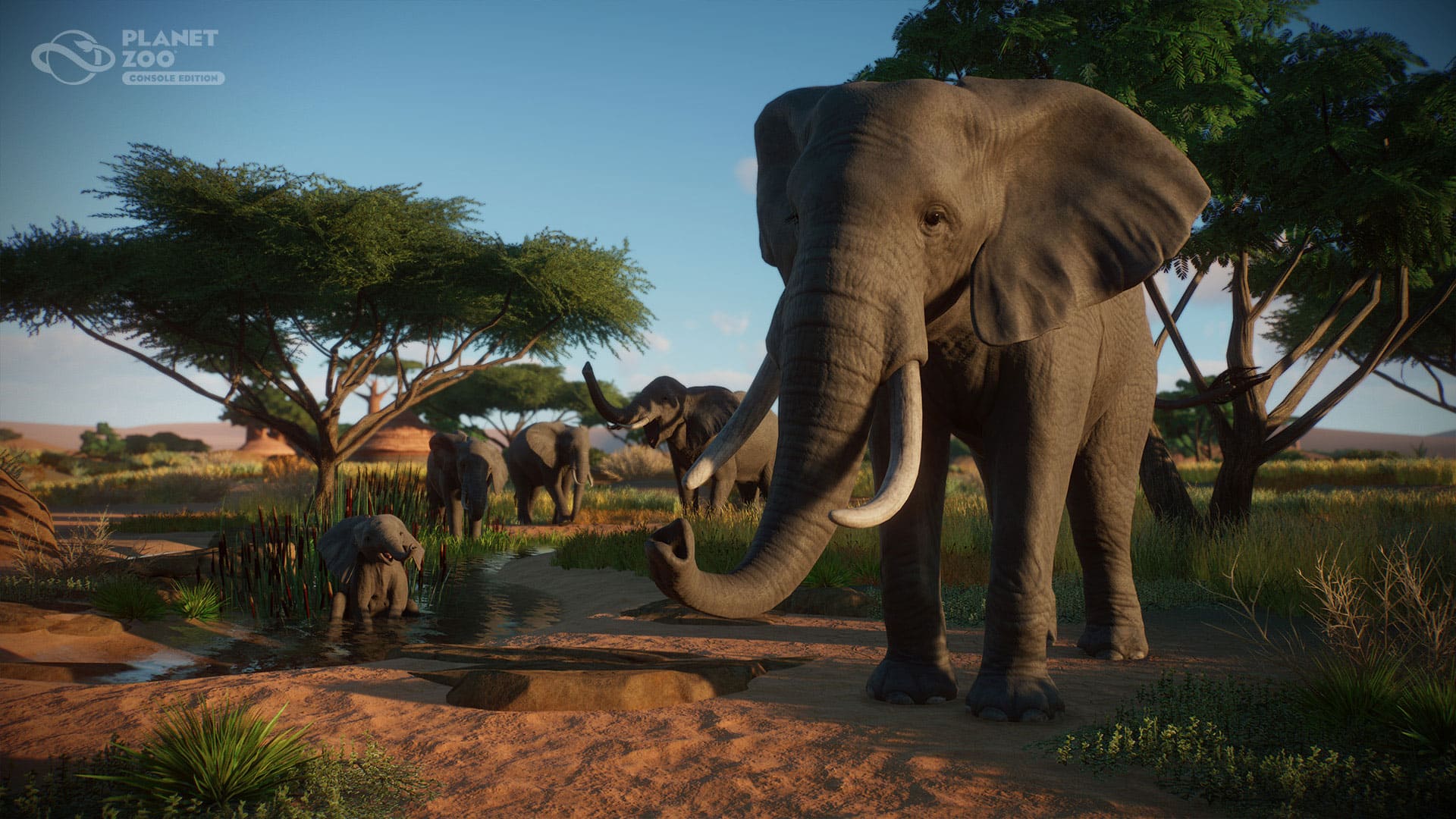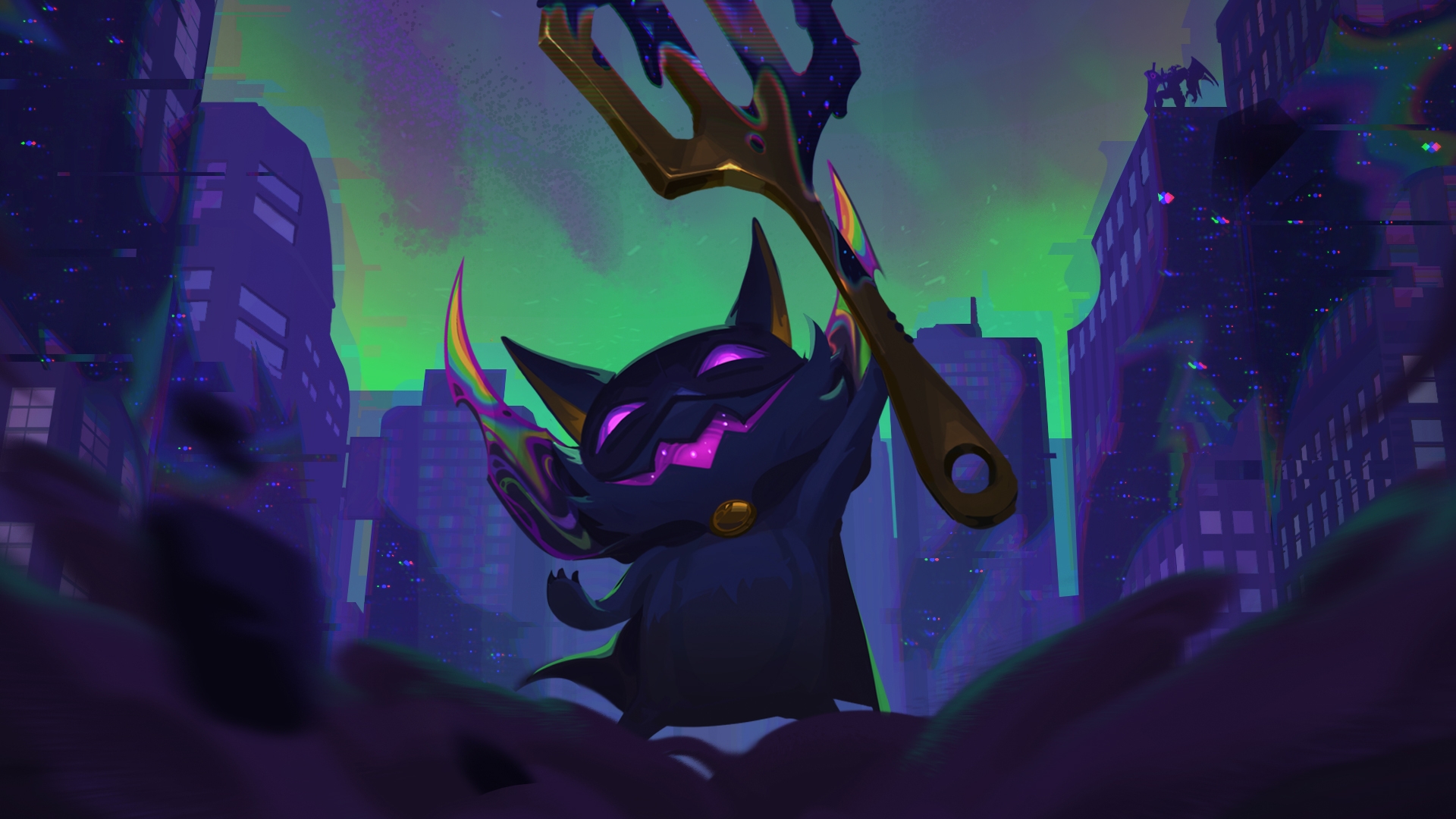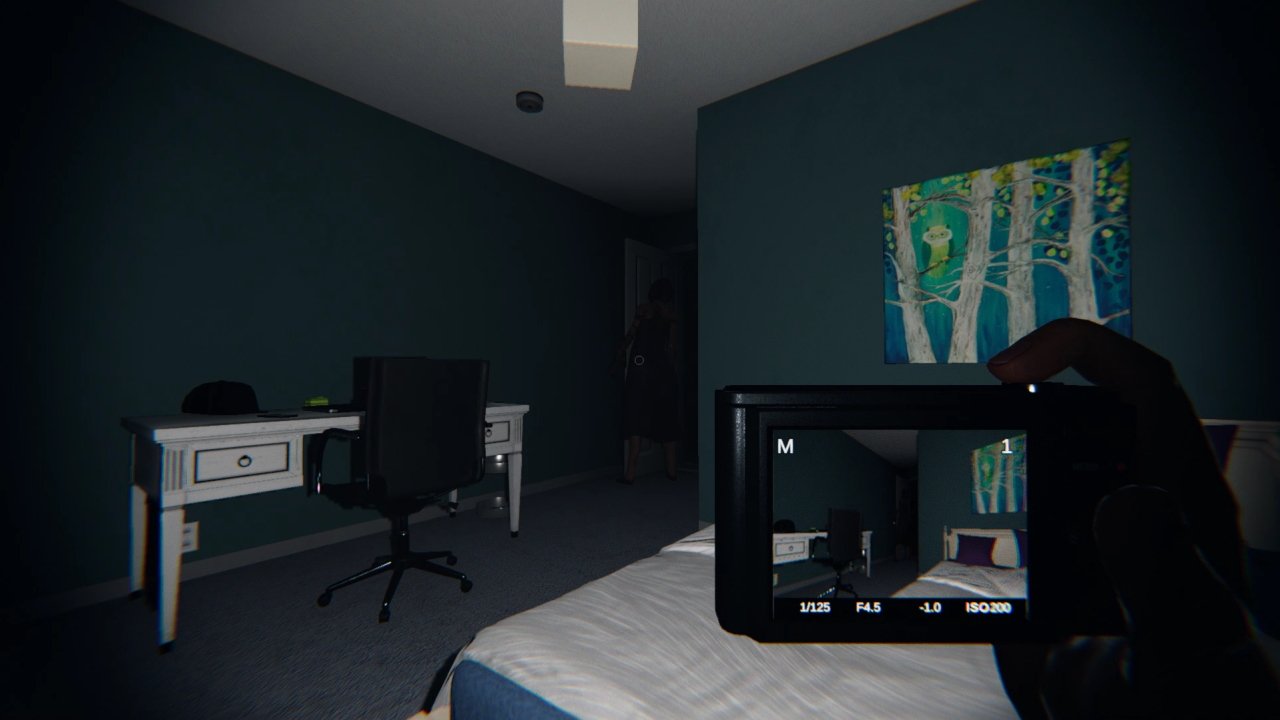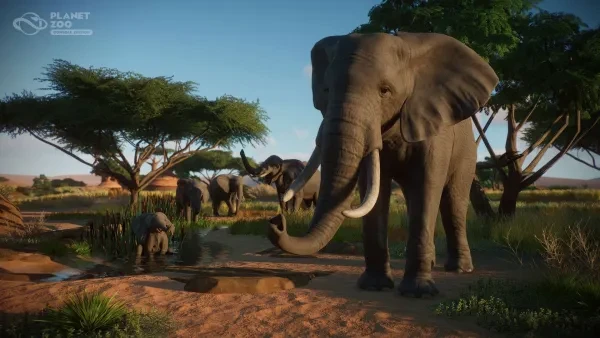
Planet Zoo is about building fun habitats to house various animals for you to care for and for your guests to visit. And while all animals in this game are fun and unique, for a new player picking what animals to put in your zoo can seem daunting. Especially because if you spend your starting funds carelessly then you could end up putting yourself in the negative and unable to properly grow your zoo. That’s why I’m here to help and give some friendly advice for you to consider before starting your zoo.
Animals function with a few basic necessities that you need to know about:
Most animals need to be placed in a habitat with enough space, terrain, and foliage to meet their requirements
After that, you have to make sure to include a way for your zookeepers to feed your animals and a fresh source of water for your animals to drink from.
Animals will also need shelters to rest in and to hide from guest when stressed
Finally, your animals will need enrichment to keep them entertained in their enclosure.
Certain animals might also need specific requirements like climbing frames for monkeys or large bodies of waters for penguins
1. Goliath Beetle (Early Game)
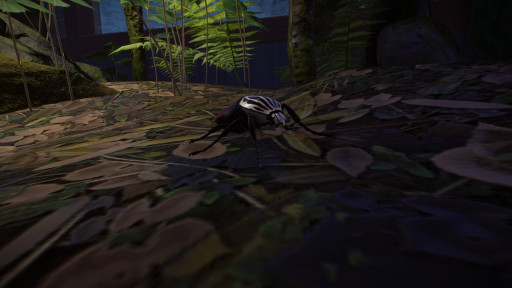
Starting off our list is something that might seem a little strange but the Goliath Beetle certainly has its merits worth talking about.
Goliath Beetles are exhibit animals so they come in a predetermined terrarium which doesn’t take up much space and doesn't need as much customization as a regular habitat. Goliath beetles also breed a lot so you can set up their exhibit to sell off your extra Goliath beetles for a reasonable cash boost throughout the early game. And you’re very likely to make your cash back as Goliath Beetles are super inexpensive on the market with the only major expense being the exhibit itself.
So choose Goliath Beetles if you:
- Are looking to receive passive income all throughout the game
- Need a smaller animal to potentially fill in gaps in your zoo
- Want an animal that require little monetary investments
Goliath Beetle Details:
- Located in mostly North and Central Africa
- Are most comfortable between 23 - 36° Celsius and 40-60% Humidity
- Prefer group sizes of 1-8 fully grown adults
- Can reach up to 4.4 inches long and are one of the heaviest insects in the world
How to get the Goliath Beetle: Included in standard edition of the game
2. Butterflies (Early Game)

While everyone enjoys a nice butterfly garden, you really don’t expect them to be as good as they are in Planet Zoo.
Butterflies are one of the few animals to use a walk-through exhibit which lets guests enter the exhibit and interact with the animal at the interaction points. There’s also multiple species of Butterflies which can in total fit up to 90 butterflies in one exhibit. With so many butterflies in the exhibit, they also tend to breed a lot so you can sell massive amounts of butterfly offspring for a nice bit of cash.
So choose Butterflies if you:
- Want to try out the exclusive walk-through exhibit
- Need an exhibit with a variety of of different species in it
- Want an animal that provides passive income through breeding.
Butterfly Details:
- Butterflies can be found throughout the entire world excluding the arctic and antarctic
- Are most comfortable between 20 - 25° Celsius and 60 - 80% Humidity
- Prefer group sizes between 1 - 90 fully grown adults
- There are 165,000 known species of butterflies in the world
How to get Butterflies: Part of the Grassland Animals Pack
3. Diamondback Terrapin (Early Game)
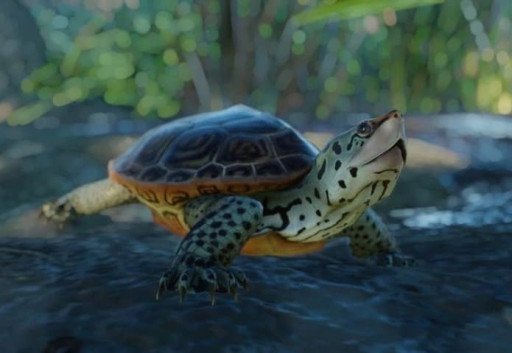
Turtles are a staple in every zoo and while all the turtles are good to start with, my personal recommendation would be the Diamondback Terrapin.
The Diamondback Terrapin is another exhibit animal however, it’s one of the few animals in the game to have the Aquatic Exhibit. Since Exhibits take up less space than regular habitats, squeezing in a couple of Diamondbacks is a very simple endeavor. Plus, terrapins also have the bonus of being slightly more popular with the guests of your zoo so they’ll leave more donations. And while they may not breed as fast as the insects, Terrapins still breed decently quick and can secure you some income in that way.
So choose Diamondback Terrapins if you:
- Want an inexpensive aquatic exhibit animal for your zoo
- Need an exhibit animal with a decent popularity with the guest
- Are looking for an animal that can bring in a decent number of donations that still gives good breeding money
Diamondback Terrapin Details:
- Found throughout eastern territories of the USA
- Are most comfortable between 28 - 32° Celsius and 65 - 80% Humidity
- Live in group sizes of 1 - 8 fully grown adults
- Was the first to have an aquatic exhibit and to be given swimming behaviors
How to get the Diamondback Terrapin: Part of the Aquatic Pack
4. Indian Peafowl (Early Game)
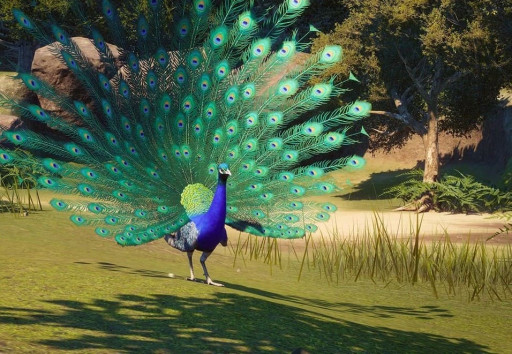
A staple in zoos all across the world, the peafowl is so popular for a reason.
The first thing that makes the peacock stand out is that it’s super inexpensive which means that you can buy a group of them instead of just a pair. Peacocks reproduce fast, even faster if they’re in a group which is great because while they may not be worth a lot of conservation credits, selling peacocks is a fast cash boost to your zoo’s economy. Just be wary as if you let them breed unchecked there might be problems like not enough food or the habitat may become too filthy for your keepers to keep up with. Another great thing about peacocks is that you can build them a special walk through habitat instead of just a regular one which lets your guest tour through the peacock habitat.
So choose Indian Peafowls if you:
- Want a fun customizable walk-through habitat for your zoo
- Need a inexpensive habitat animal
- Are looking for an animal that you can breed and sell for good profits
Indian Peafowl Details:
- Native throughout India and its surrounding regions
- Are most comfortable between 3 - 42° Celsius
- Live in group sizes of 4 - 20 with the limit being 4 males and 16 females
- The Indian peafowl is the national bird of India
How to get the Indian Peafowl: Included in standard edition of the game
5. Greater Flamingo (Early Game)
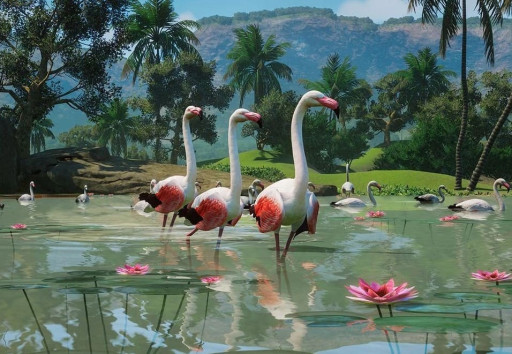
The Flamingo is an iconic animal and this really helps give it a leg up on the competition as a great animal to start a zoo with.
Firstly, Flamingos are super inexpensive however, they do come with the downside of needing a minimum group of 10 so you’ll have to buy a couple of them. In return, flamingos breed a lot so you’ll quickly get your money back from selling the babies. Plus flamingos can live in extremely large groups of hundreds of individuals which makes for a mighty impressive exhibit near the entrance. And, while flamingos do need a body of water, their need isn’t an extreme amount compared to other aquatic animals.
So choose the Greater Flamingo if you:
- Want an inexpensive animal
- Want an animal that can house a large population in one exhibit
- Need a animal to show off at the entrance with a nice aquatic feature
- Need an animal that breeds fast to help make profit
Greater Flamingo Details:
- Found in populations throughout Africa, Asia, and Europe
- Are most comfortable between 8-40° Celsius
- Live in group sizes of 10 - 500 fully grown adults
- Flamingos develop their pink coloration from eating krill
How to get the Greater Flamingo: Included in standard edition of the game
6. Lemurs (Early Game)

Let your guest experience the wildlife of Madagascar with lemurs.
In Planet Zoo, There are four species of lemurs that all get bonuses for living together in one exhibit. The lemurs are all extremely entertaining and don’t need as much space as some other climbing animals. Lemurs also breed at a good rate and sell decently on the animal market however, their babies do take a decent bit to reach maturity.
So choose Lemurs if you:
- Want a exhibit with multiple species that all benefit from each other
- Need an entertaining species that don’t take up a lot of space
- Want an animal that breeds at a decent rate
Lemur Details:
- Found exclusively on the island of Madagascar
- Are most comfortable between 10-42° Celsius
- Live in group sizes of 3 - 30 with the limit being 1 males and 29 females
- The ring-tailed lemur's Latin name is 'Lemur catta' because of its cat-like looks
How to get the Lemur: 3 included in standard edition of the game, 1 in the Zookeeper Animal pack
7. Arctic Fox (Early Game)
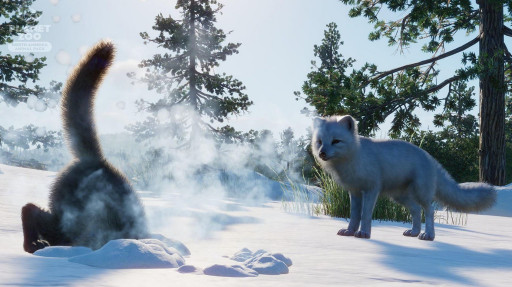
The Arctic fox is an adorable little creature that’ll make for a great addition to your zoo, especially near the start.
If you’re starting in a tundra environment, then paying for heating for your animals that can’t stand the cold could end up being costly. Arctic foxes are extremely resistant to changes in temperature and do well in snowy weather. They don’t cost much and they don’t need a lot of space so the investment to get foxes isn’t much. They also breed extremely fast and since they have litters instead of individual babies, they tend to sell for a decent amount of conservation credits after all the babies are grown.
So choose Arctic Foxes if you:
- Need an animal that does well in a tundra environment without the need of heaters
- Need an animal that doesn’t require a large investment of money
- Want an animal that can make you a decent amount of conservation credits
Arctic Foxes Details:
- Found in North America, Europe, and Asia
- Are most comfortable between -42° Celsius
- Live in group sizes of 1 - 8 with the limit being 6 males and 6 females
- Arctic foxes are the only native land mammal found in Iceland
How to get the Arctic Fox: Found in the North America Animals Pack
8. Axolotls (Early - Mid Game)
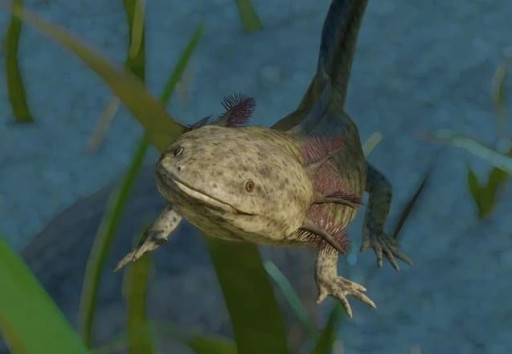
Exhibits are great for filling in space between habitats and providing some fun animals for guests to look at while inside. The Axolotl is special though for a few notable reasons.
The Axolotl is one of the few critically endangered exhibit animals that exist in the game making it’s popularity with guests is high so you’ll receive a decent bit of donations as long as you properly educate your guest about it. It’s also the only animal to have the Aquatic -Tropical environment as its home so its exhibit is one of a kind. They also breed fairly quickly and sell for a decent bit on the market but while I wouldn’t recommend them as your only source of side income, it's definitely a nice boost.
So Choose Axolotls if you:
- Want to have one of the few critically endangered exhibit animals in your zoo
- Want to own the only animal with an aquatic-tropical environment
- Want an extremely popular exhibit animal to bring in some donations to your zoo
Axolotl Details:
- Found in Freshwater in Mexico
- Are most comfortable between 15 - 20° Celsius and 80-90% Humidity
- Live in group sizes of 1 - 5 fully grown adults
- The axolotl is named after Xolotl who is the Aztec god of fire and lightning
How to get the Axolotl: Found in the Conservation Pack
9. Nile Monitors (Early - Mid Game)
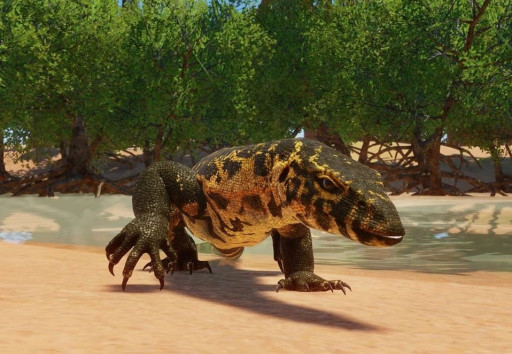
Nile Monitors are medium-sized reptiles that make for a great addition to diversify your zoo’s roster.
Since Nile Monitors aren’t massive, they don’t require large spaces to be happy and their water requirement is also very minimal compared to other aquatic animals. They also breed extremely fast and usually have multiple babies at once which have good profit margins for selling. They also have semi-high appeal ratings with guests which makes them popular.
So choose Nile Monitors if you:
- Want an animal that breeds fast that you can sell for decent profits
- Want an animal with small space and requirements
- Need an animal to boost your zoos popularity
Nile Monitor Details:
- Found throughout Africa
- Are most comfortable between 12 - 42° Celsius
- Live in group sizes of 1 - 3 adults with 1 male and 2 females
- When Nile Monitors are in danger, they will violently attack with their tail like a whip
How to get the Nile Monitor: Included in standard edition of the game
10. Cheetahs (Mid Game)
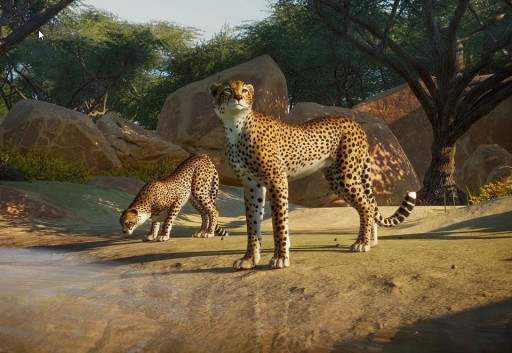
Impress your guest with the fastest land mammal on earth, the cheetah.
The cheetah is an incredibly famous animal with a high appeal rating which makes it a very popular animal that rakes in a lot of donations. Cheetahs also breed decently fast and the offspring sell for really good prices especially when they have good genetics. They also prefer to live in smaller groups so you don’t need many of them for them to be happy.
So choose Cheetahs if you:
- Need an animal that is highly popular and will bring in some donations
- Want an animal that sells for extremely well with a good number of offspring
- Would like an animal that lives in smaller groups or independently
Cheetah Details:
- Found throughout Africa
- Are most comfortable between 8 - 40° Celsius
- Live in group sizes of 1 - 3 adults with 2 male and 1 females
- The cheetah can accelerate from 0 to 60 mph in 3 seconds
How to get the Cheetah: Included in standard edition of the game
11. Red Pandas (Mid Game)
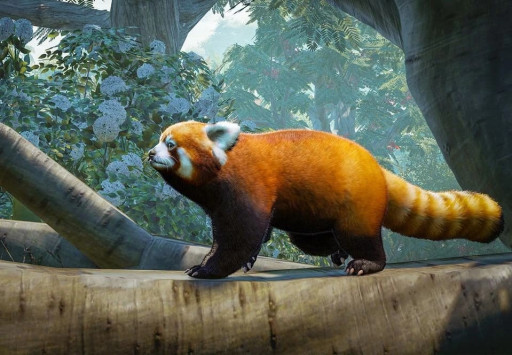
The extremely adorable Red Panda also makes this list as a great animal to add to your zoo and for good reason.
Red pandas don’t need large habitats like some of the other big ticket animals which helps cut down costs, however you will have to spend some of it on a good climbing frame and one way glass to make sure they don’t get stressed from an overexposure to guests. This overexposure to guests is bound to happen without proper precautions as red pandas are endangered which means guests love to watch and donate to them. Since they’re endangered, they also go for a good amount of conservation credits selling them on the market or releasing them to the wild. Red pandas also have the nice benefit of only having 1 year of Inter birth which is a lot shorter than a lot of the other endangered species so you’ll be able to breed them faster.
So choose Red Pandas if you:
- Need an animal with small Habitat requirements
- Need an animal that can bring in conservation credits through market sales or release to the wild
- Want an endangered animal that can breed with very low in between time
Red Panda Details:
- Found in a very specific area in Asia near the Himalayas
- Are most comfortable between 0 - 29° Celsius
- Live in group sizes of 1 - 2 adults with 1 male and 1 female
- Red Pandas have a special wrist bone that looks like a sixth finger which they use to strip bamboo
How to get the Red Panda: Included in standard edition of the game
12. Siberian and Bengal Tigers (Mid - Late Game)
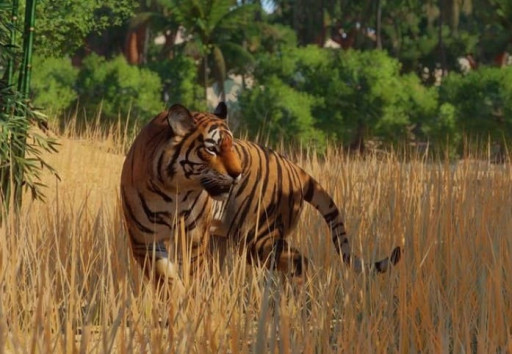
Wow your guest with two different species of tigers that will definitely make an impression in your zoo.
The Siberian and Bengal Tigers are both in Planet Zoo and with each one needing different environmental needs, at least one is sure to slot in comfortably at your zoo. Plus, Tigers naturally have very high appeal ratings which brings in a lot of guest donations. Tigers also have the luxury of having lots of rare color variants which can increase their appeal even more and can make them extremely profitable to sell on the market.
So choose Tigers if you:
- Need a big cat who can survive in both cold or tropical climates
- Want an animal with high appeal points to bring in guest donations
- Want to try out breeding for rare color variations for amazing rewards
Siberian and Bengal Tiger Details:
- Found in different parts throughout Asia
- Siberean Tigers prefer -15 - 28° Celsius and Bengal Tigers prefer 12 - 42° Celsius
- Both live in groups of 1 - 2 with 1 male and 1 female
- There are more tigers living in captivity in the US than there are in the wild
How to get the Siberian and Bengal Tigers: Both included in standard edition of the game
13. Indian Elephants (Mid - Late Game)
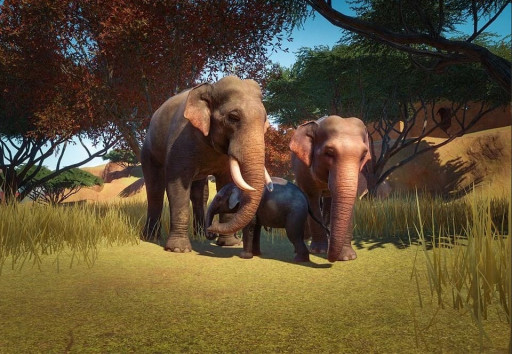
Indian Elephants are incredibly smart creatures and make for a great sight in your zoos.
When it comes to elephants, most people will go for the African Elephant however the Indian Elephant makes for a great alternative as it requires less space than its larger cousin and costs significantly less. And while they don’t have as high appeal points as African Elephants, they still have high appeal points and bring in lots of donations. Indian elephants can also be housed with Malayan Tapirs and Proboscis Monkeys for an inter species bonus which can really make your habitat stand out.
So choose Indian Elephants if you:
- Need an elephant species that won’t take up a massive amount of space and cost relatively cheap for an elephant
- Want an animal with naturally high appeal points to bring in guest donations
- Want an animal that can be housed with a couple other species to boost the total habitat appeal
Indian Elephant Details:
- Found in asia near India and its surrounding regions
- Are most comfortable between 8 - 40° Celsius
- Live in group sizes of 3 - 30 adults with 1 male and 29 females
- In the wild, Indian elephants have a symbiotic relationship with birds that remove parasites from their skin
How to get the Indian Elephant: Included in standard edition of the game
14. Bonobos and Western Chimpanzee (Late Game)
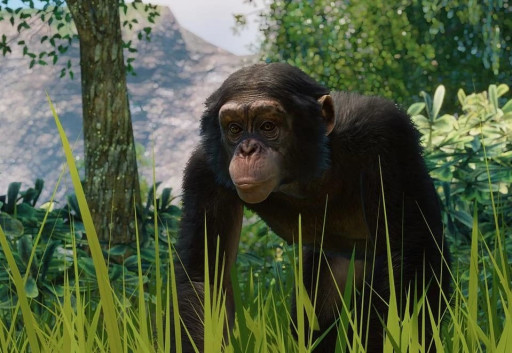
Chimps make for extremely popular habitats in real life zoos, so it makes sense that they make for great habitats in game.
Technically Bonobos and Western Chimpanzees aren’t the same species but they are closely related and share a similar niche in a zoo so I decided to group them together. Both Bonobos and Western Chimpanzees are endangered with the chimpanzees actually being labeled as critically endangered so both tend to be really popular with guests. And while they may not get a bonus from it, Bonobos and Western Chimpanzees can share a habitat with relative ease due to their similar wants. Since both species live in large groups, they tend to breed a lot but the babies can take over 10 years to properly mature for you to sell. In return, your baby chimps will be big crowd pleasers as guests love to watch and donate to baby animals
So Choose Bonobos and the Western Chimpanzee if you:
- Want 1 or 2 species of ape for your zoo which can possibly share an exhibit
- Want an endangered species which can bring in some guests for donations
- Need an animal which can breed and bring in massive appeal with their babies
Bonobos and Western Chimpanzee Details:
- Both are found in the rain forests of Africa
- Are most comfortable between 8 - 42° Celsius
- Bonobos live in group sizes of 3 - 10 adults with up to 7 males and 7 females
- Western Chimpanzees live in group sizes of 5 - 15 adults with up to 10 males and 10 females
- Both Bonobos and Western Chimpanzees have been observed using tools in a similar manner to humans
How to get the Bonobo and Western Chimpanzee: Included in standard edition of the game
15. West African Lion (Late Game)
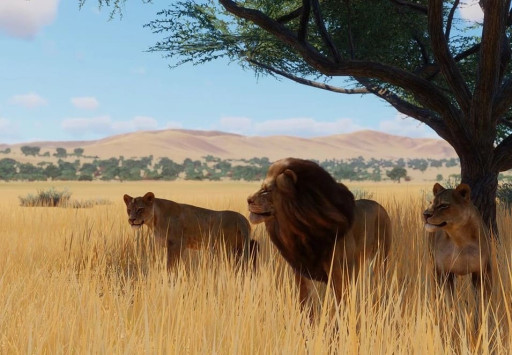
The West African Lion makes for an incredibly majestic entry into your zoos, especially when paired with a beautiful habitat.
Lions are known for living in prides so take advantage of that and house your lions in large groups for impressive breeding numbers. But be careful as the more lions you house in a single habitat, the more the cost of feeding and the size of their habitat will have to be which will directly impact your revenue. Once your West African Lions breed and produce babies, you will have 3 years to take advantage of the popularity boost you get from the cubs to rake in massive donations. Not only that, but when the cubs grow up you can sell them for amazing profit margins on the market. Even without cubs though, West African Lions are critically endangered so they bring in a massive amount of donations just by themselves.
So choose West African Lions if you:
- Need an animal with a large social group from a massive habitat
- Want an animal that can bring in massive donations
- Want an animal that breeds and sells for extremely good profits
West African Lion Details:
- Found in grasslands in certain parts of Africa
- Are most comfortable between 8 - 40° Celsius
- Live in group sizes of 2 - 30 adults with 1 male and 29 females
- While there are around 200,000 lions in the wild, the West African Lion numbers only around 250
How to get the West African Lion: Included in standard edition of the game
16. Bornean Orangutan (Late Game)

Swinging its way onto the list is the amazing Bornean Orangutan.
The Bornean Orangutan is a large ape so it does need a decent bit of living and climbing space but it’s an incredibly fun animal to watch as you let time pass in your zoo. It’s also extremely popular with guests due to it being critically endangered so you’ll pull in lots of donations and positive ratings from having a happy orangutan in your zoo. Bornean Orangutans also have the luxury of being able to be housed with Small-Clawed Otters, Malayan Tapirs, Lar Gibbons, and Siamangs for a good group of bonus points as they are all semi popular animals as well.
So choose the Bornean Orangutan if you:
- Want a fun ape to watch climb and mess around in a habitat
- Need a popular animal to help pull in donations
- Want an animal that can be housed with quite a few other rain forest animals
Bornean Orangutan Details:
- Found in certain rain forest in Asia
- Are most comfortable between 8 - 42° Celsius
- Live in group sizes of 1 - 6 adults with 1 male and 5 females
- The name orangutan means person of the forest in Malay and Indonesia
How to get the Bornean Orangutan: Included in standard edition of the game
17. Polar Bear (Late Game)

Having a Polar Bear in your zoo is a sign of an amazing facility that cares deeply for its animals so make sure to properly care for yours.
Polar Bears have massive space requirements and need large bodies of water which leads to really massive impressive looking habitats. However, they only live in pairs or in solitude and breed rarely but in the rare moments that they do have a baby, then you’ll definitely celebrate as they can fetch an extremely high price on the market. You’ll make most of your investment back on Polar Bears through the massive amount of donations that they bring in and you might have some fun watching them get up to some snowy antics.
So choose the Polar Bear if you:
- Want an animal that takes up a lot of space potentially with a large water tank
- Need an animal that has a lot of appeal points to bring in lots of guest donations
- Want an animal that you can sell for very high prices
Polar Bear Details:
- Found extremely north throughout North America, Europe, and Russia
- Are most comfortable between -20 - 16 ° Celsius
- Live in group sizes of 1 - 2 adults with 1 male and 1 female
- Polar Bears in the wild get all their water needs through digesting seal blubber
How to get the Polar Bear: Found in the Arctic Pack
18. Giant Panda (Late Game)
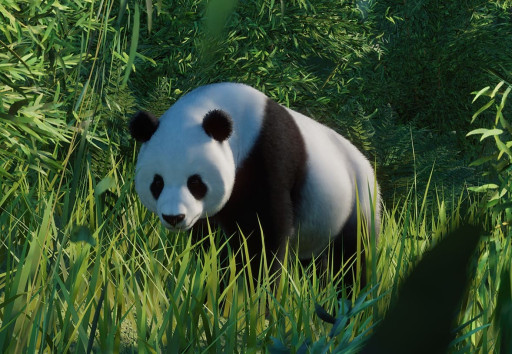
The Giant Panda is an extremely rare but popular animal that makes for a great addition to a zoo’s roster.
The Giant Panda like I said before is very popular with guests and brings in massive amounts of donations especially if they have a baby. However, panda breeding is very difficult to accomplish but if done right, then the babies can sell very high on the market. Just know that pandas do need a lot of space but not as much as something like a polar bear so they’re a very good animal to build as a centerpiece to your zoo.
So choose the Giant Panda if you:
- Need an popular animal to place in the middle of your zoo
- Need a popular animal to help bring in more donations
- Want an animal that sells for high amounts even if they don’t breed often
Giant Panda Details:
- Found in central China
- Are most comfortable between 2 - 29 ° Celsius
- Live in group sizes of 1 - 10 adults with up to 10 males and 10 females
- There is a rare subspecies of pandas called Qinling which are white and brown
How to get the Giant Panda: Included in standard edition of the game
19. Western Lowland Gorilla (Late Game)

Of course, the infamous Western Lowland Gorilla is one of the best animals in the game for your zoo.
They are late game due to the fact that each one is highly expensive but in return, they can give you a lot of conservation credits if you manage to set up a good breeding program for them. Something else that makes this easier is the fact that they live in large groups where the male can have multiple children with the different females of the group. And while you set up your breeding program, you don’t have to worry as the Western Lowland Gorilla is tied with the African Elephant in terms of appeal points so you’ll rake in the guest donations just from them being in your zoo.
So choose the Western Lowland Gorilla if you:
- Want an animal to help you get a lot of conservation credits through a breeding program
- Need an animal that has high appeal so you can get a lot of guest donations
- Want an animals that can breed more than 1 baby at a time
Western Lowland Gorilla Details:
- Found in the rain forest of Africa
- Are most comfortable between 8 - 42 ° Celsius
- Live in group sizes of 3 - 6 adults with up to 1 male and 5 females
- Gorillas build nests in trees everyday which they use to sleep through the night
How to get the Western Lowland Gorilla: Included in standard edition of the game
20. African Savannah Elephant (Late Game)
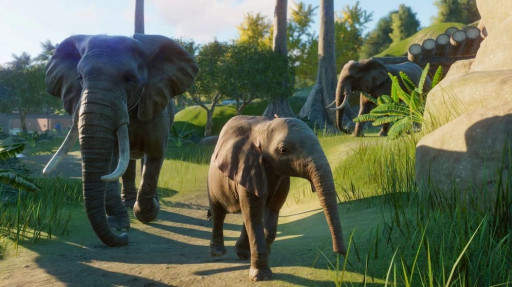
The African Savannah Elephant is my top pick for animals that I love to have in my zoos especially in the late game.
Like I said before, the African Elephant has the highest appeal rating in the game so guests tend to donate high amounts to them. However, the thing that really makes them stand out to me is the fact that they can be housed with a variety of other African animals to make a gorgeous Savannah Habitat that showcases the amazing variety of animals that live in the African plains. Also, African Elephants live in large groups and each female in the group can have a baby with the male and those babies take 15 years to grow up which means for 15 years your elephant’s popularity will be boosted by the babies. Once those babies grow up, they fetch amazing prices on the market as they are always in extremely high demand which means you’ll always be making some form of income with African Elephants.
So choose African Savannah Elephants if you:
- Want the animal with the highest guest appeal in the game
- Need an animal that can be housed in a large Savannah habitat
- Want baby elephants to help boost your zoo’s popularity or sell once they grow up
African Savannah Elephant Details:
- Found in Sub Saharan Africa
- Are most comfortable between 8 - 44 ° Celsius
- Live in group sizes of 3 - 15 adults with up to 1 male and 14 females
- Elephants give themselves mud baths by spraying water and soil on their backs with their trunks to protect themselves from the sun
How to get the African Savannah Elephant: Included in standard edition of the game



